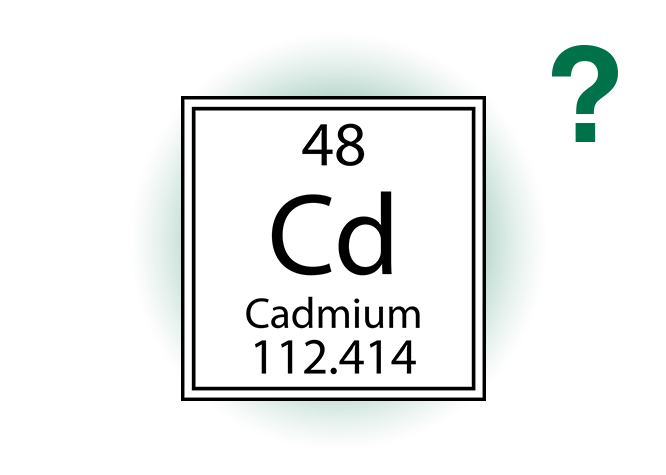Plastic pallets, crates and boxes are used in some niche supply chains in some markets. However, there remain questions over the suitability for purpose of plastic as a material for pallets and packaging, including:

Decabromine
In the United States, harmful decabromine has been widely used in plastic pallets and other rigid plastic products to protect against fire. Is it still being used?

Environmental Impact
Plastics are made from finite and polluting fossil oil. They are also difficult to dispose of. What are the environmental effects of manufacturing pallets and packaging from plastics?

Fire risk
Part I: If decabromine is no longer being used as a fire retardant in plastic pallets, what is being used in its place? If there is a replacement is it any safer for the environment?
Part II: Wood burns slowly and predictably. By contrast, a fire fuelled by plastic burns unpredictably, and as a result is more difficult to fight and control. If no fire retardant is being used, isn’t plastic packaging a dangerous fire hazard?

Carbon footprint
What is the carbon footprint of a plastic pallet or plastic packaging? How does this compare with the negative (beneficial) carbon footprint of a similar product made of wood?

Heavy metals
The toxic metal cadmium has been used as a chemical stabiliser in plastic products – including plastic pallets, crates and other packaging – but is now being withdrawn due to health and environmental concerns. How many of the plastic pallets and how much of the plastic packaging in circulation still contain this hazardous metal?

Economic
Wood is the most competitive material for pallets and packaging. This is a fact. Given the question marks above, why are businesses choosing any other material?







